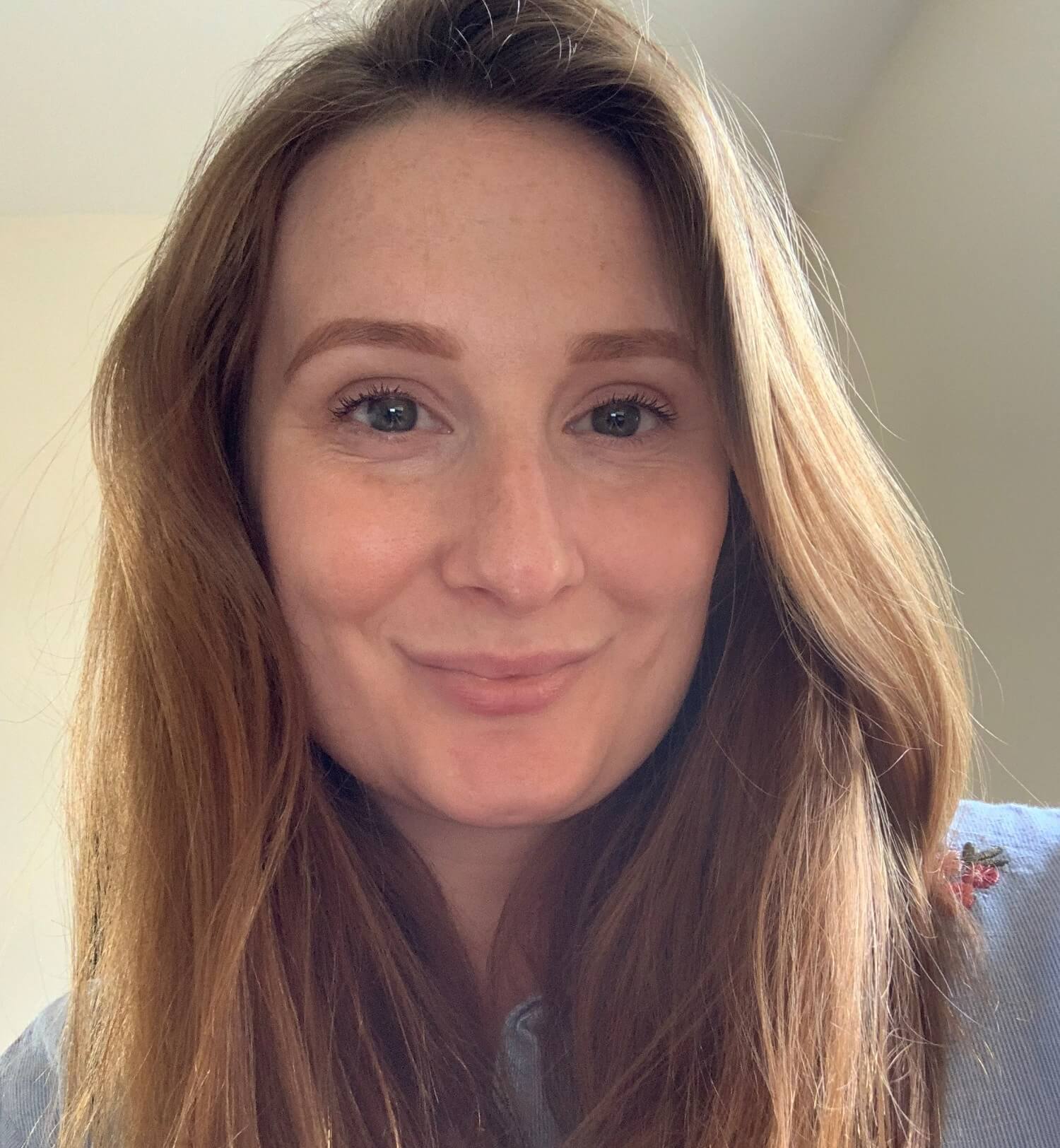Your current online market may only be the tip of the iceberg compared to your potential market. All those consumers who aren’t familiar with you or haven’t considered your products or service yet are out there.
Waiting.
So how do you tap into your potential audience, especially in a time when marketing campaigns need to react to volatile consumer behaviours?
Marketing activity can be summarised into two fundamental campaign types
- Market 'making' – This activity (also called upper sales funnel activity) is wide-reaching with the aim of driving awareness and consideration by inciting engagement with ‘future customers’ or your ‘potential market’. Typically, the activity will target users with characteristics similar to your existing customers or in relevant interest groups. In general terms, this activity usually consists of reach-optimising activity in channels such as all types of TV ad buying, radio, out of home ads, display programmatic, paid social, Demand Gen and video ads.
- Market 'taking' – This activity, usually paid search, organic search or re-targeting activity, capitalises upon the market 'making' activity by targeting in-market audiences you've built as part of the upper funnel campaigns. By specifically targeting users who have demonstrated in-market traits by engaging with your market making campaigns, you can achieve a lower cost per acquisition.
Why use both types of campaign?
The aim of the game is to be front-and-centre in a consumer’s mind when they are in that moment of purchasing intent. By balancing market 'making' and market 'taking' activities brands can gain more visibility in the ad auction or SERPs and gain advantage over competitors. However, the right balance isn’t easy to find – and when we’re in a contracting market (such as we’ve seen in recent times), brands may be tempted to pull back on the market 'making’ activity and focus on the market 'taking’ activity, on the assumption that by only running conversion-optimised activity, investment can be reduced and efficiency improved.
However, an important question should be asked:
‘Why should a discerning potential customer, who may not be familiar with your brand, purchase from you instead of a competitor?’
When a user searches for the product or service you offer, they will be faced with a myriad of options – some cheaper, some more exclusive, some highly-reviewed, some offering additional incentives to purchase with them. As a competing brand, it’s important to be recognised and valued by your customer base so when they come to buying, they think of and choose you. So how do brands do that?
Deliver the right message at the right time
Successful market 'making' activity focuses on the ‘why’ of a brand’s identity; defining the value offered to consumers and why they should go to them at their point of need. The market 'taking' activity can then mop up this purchase intent with a message of urgency and accuracy. It can be the difference between a customer choosing your website in the SERPs over one of your competitors.
Consider the full cost, not just the immediate cost saving when cutting budgets
When considering reducing a brand’s upper-funnel activity, it’s important to weigh up the costs and consider the potential impact:
- Impression share and rank fall – while you’re refining your activity, are your competitors doing the same, or are they making the most of the extra share of voice they can achieve in the auction (now you've dropped out) and getting closer to your shared target audience?
- First-party data development – As 2024 progresses we know that reliance on first-party data is going to be more important. By reducing market 'making' activity, a brand’s capacity to engage with customers pre-purchase reduces, too.
- CPA increases – When fewer consumers are engaged and likely to purchase your service or product, you inevitability have to spend more to achieve sales. This means ultimately your market 'taking' activity becomes more expensive to run.
Preparing for 2024 and the cookieless future
There’s lots to plan and prepare for 2024, and if you’re currently pondering how to take your marketing forward, particularly as the new year poses new challenges centred around users’ privacy, you can get in touch with us and we can explore how we can support you and help you achieve your goals.
Newsletter sign up
Post Information
| Author | Jess Austin |
| Channel | Media |

